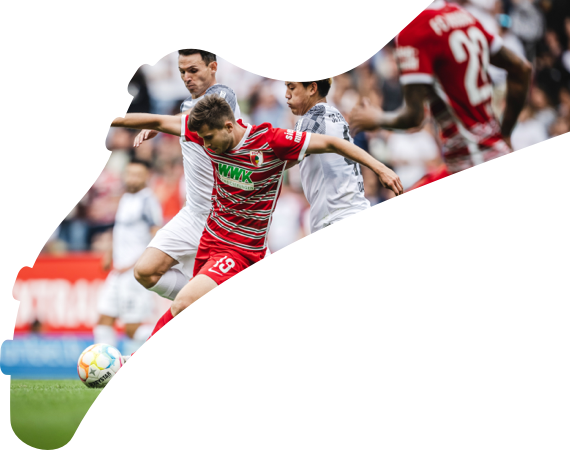
Bundesliga club-by-club historical guide: 1. FC Union Berlin
From struggling in the former East Germany to reaching the UEFA Champions League, Union Berlin have a fascinating past.
bundesliga.com is taking you through all the teams to have graced Germany’s first division over the last 60 years – based on the number of seasons they’ve played up to and including 2023/24.
1. FC Union Berlin
Years in Bundesliga: 5 (2019-present)
Most appearances: Christopher Trimmel (113)
Most goals: Taiwo Awoniyi (20)
Youngest player: Tim Maciejewski (19 years, eight months, two days)
As fast-moving as life has been at Union in recent years, things haven’t always been like that in the Berlin district of Köpenick, located in the southeast corner of the capital. Their history goes back over 100 years, starting as Olympia Oberschöneweide and moving into their current home at the Stadion An der Alten Försterei in 1920.
They reached the final of the national championship in 2023, losing 3-0 to Hamburg. It was during that era that the famous call of ‘Eisern Union’ (Iron Union) came about, reportedly first heard in a derby against Hertha Berlin and based on the blue Union kits, which looked like uniforms worn by local metal workers.
Watch: This is Union Berlin

After World War II, the club struggled and would drop to the third tier in East Germany, undergoing several name changes and amalgamations with other clubs or even state-run industries, based on the government’s desire at the time. Among those changes was the switch of club colours from blue to red.
Finally, on 20 January 1966, 1. FC Union Berlin was created as a civilian football club, with the badge – barely changed since then – designed in a competition by Peter Gribat. They won the East German Cup two years later, but that was the highlight of an up-and-down time prior to reunification, continuously drifting between divisions.
Union ended up in the third tier once the league systems were combined, but failed to climb up, either by missing out on promotion or being denied a place in Bundesliga 2 due to poor finances. The 2000/01 season looked to be a turning point as they finally went up and made headlines by reaching the DFB Cup final.
Although they lost to Schalke, they got to compete in the UEFA Cup and reached the second round. Their Bundesliga 2 stay lasted three years before back-to-back relegations. Again, the club recovered and would spend a decade in Bundesliga 2 before their historic Bundesliga promotion via the play-offs in 2019 under Urs Fischer.
Watch: Union's fairy-tale season

Things have truly taken off since then, with finishes of 11th, seventh, fifth and now fourth seeing Die Eisernen improve every year, qualifying for the UEFA Europa Conference League, then the Europa League and now, for the first time ever, for the Champions League. Union were already known as a Kultklub, but support for Die Köpenicker has exploded with that recent success.
Their 22,000-capacity Alte Försterei is packed every home game, creating one of world football’s best and most unique atmospheres. Over the three seasons prior to 2023/24, they have lost only three Bundesliga games at home (against Bayern Munich, Borussia Dortmund and Augsburg).
Their position as a cult club goes back to the days behind the Berlin Wall. Their supporters were traditionally working class from the district of Oberschöneweide, but in the 1970s it also attracted political dissidents and more marginalised groups. There was a famous chant of “Rather be a loser than a dumb Stasi pig”, while you’d often hear “The Wall needs to go” at free-kicks, in reference to the Berlin Wall.
Fan culture has been a huge part of the club’s continued survival, with supporters often raising funds to keep the club afloat. That included the famous ‘Bleed for Union’ campaign. Since blood donors in Germany get paid, fans flocked to donate and then give the money to the club. Groups of supporters also volunteered over 140,000 hours of free labour to help rebuild the stadium across 2008 and 2009. The ground is considered a home for fans, who have gathered almost every year since 2003 to sing Christmas songs. Crowds often exceed the official capacity. As it did in 2015 when Linkin Park played in front of 25,000 at the Alte Försterei.


